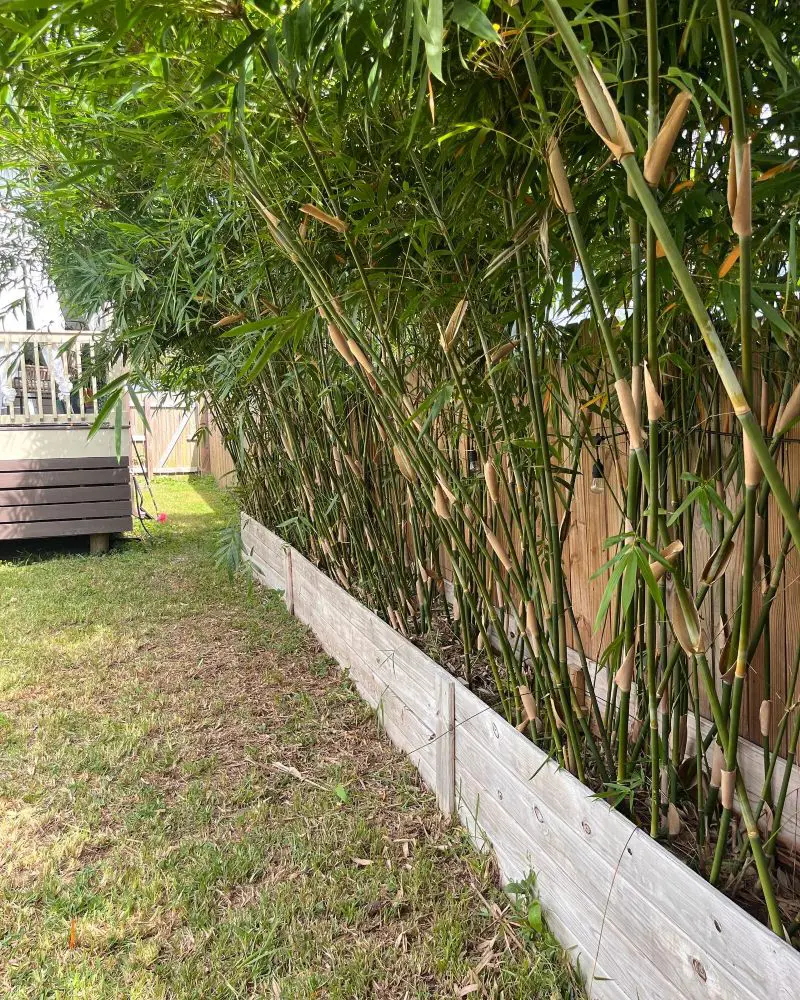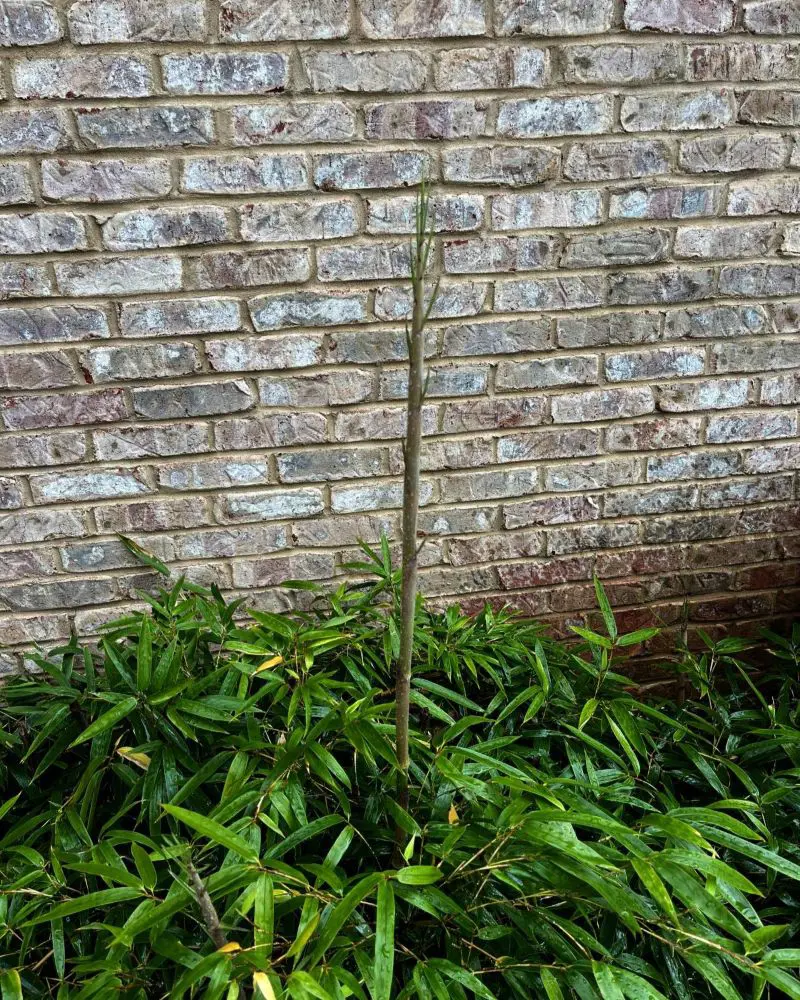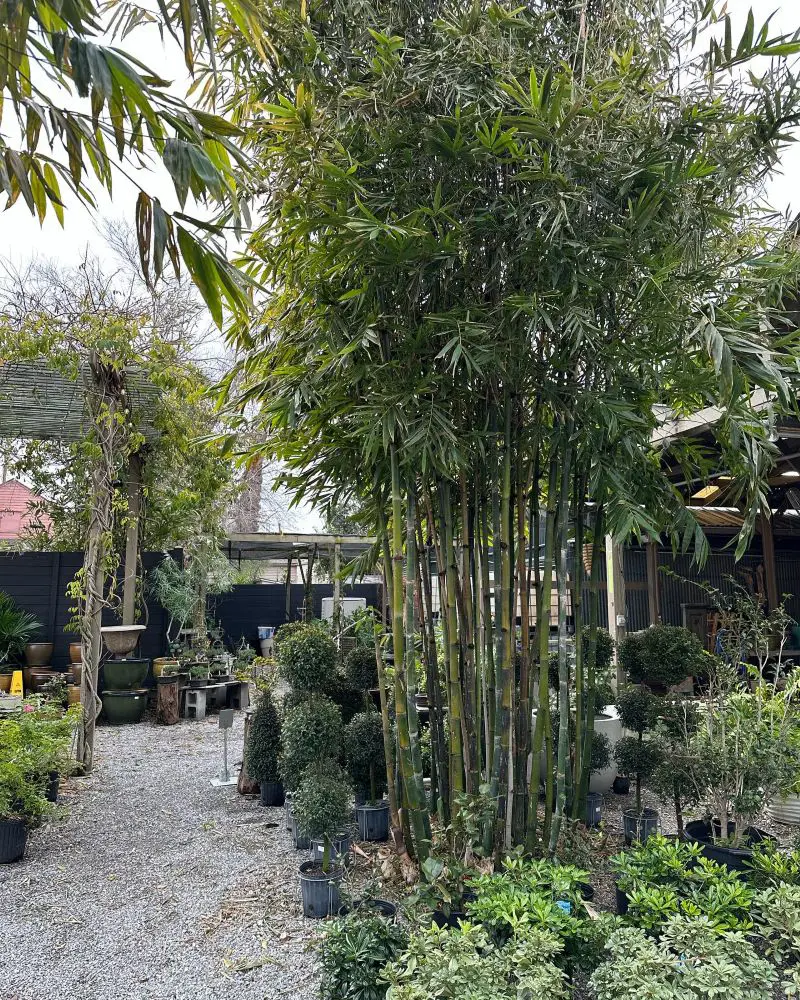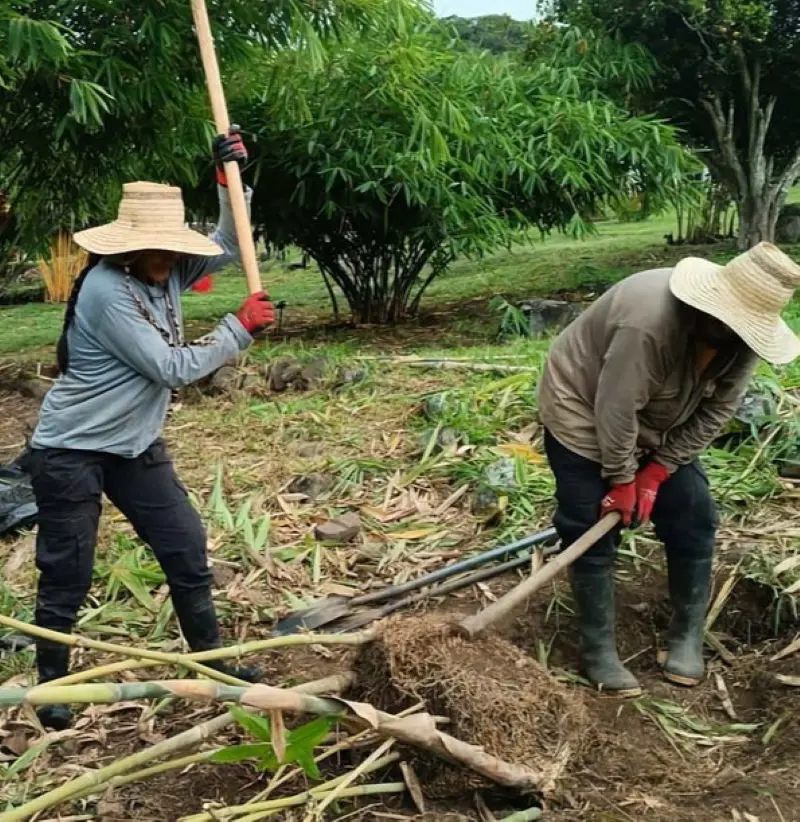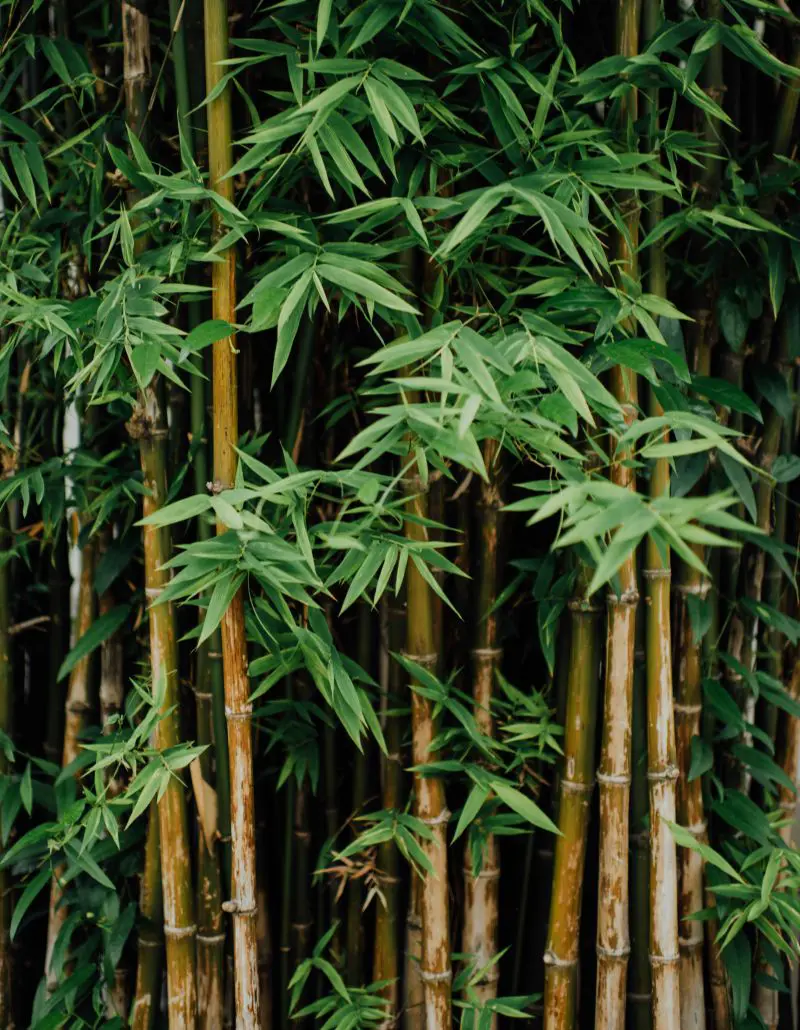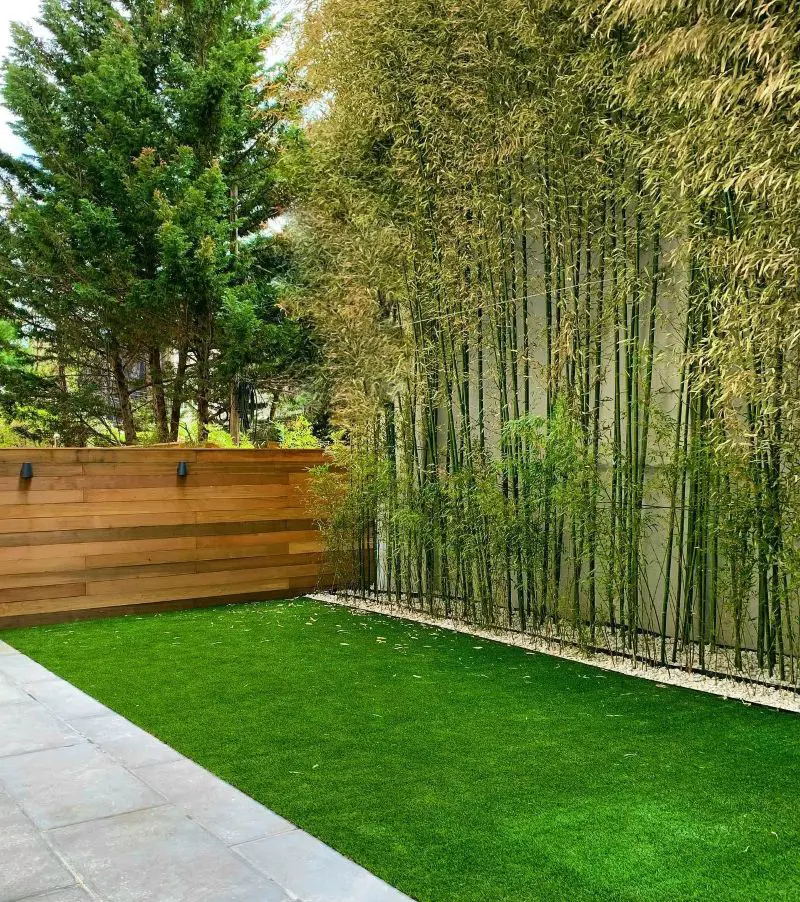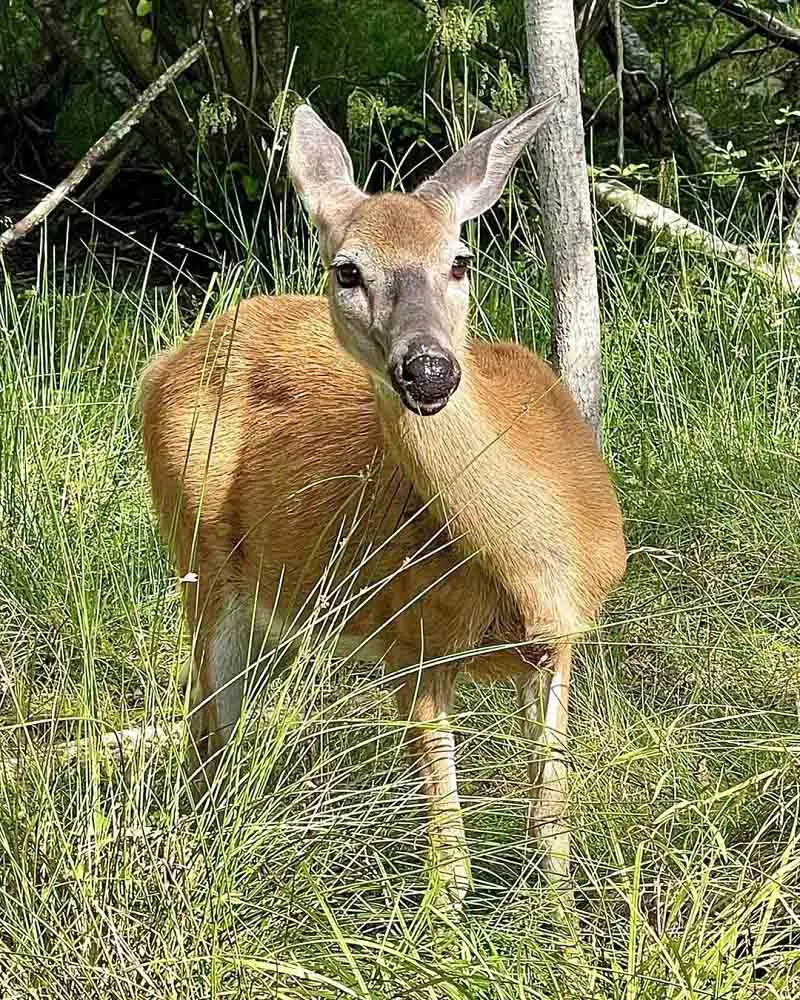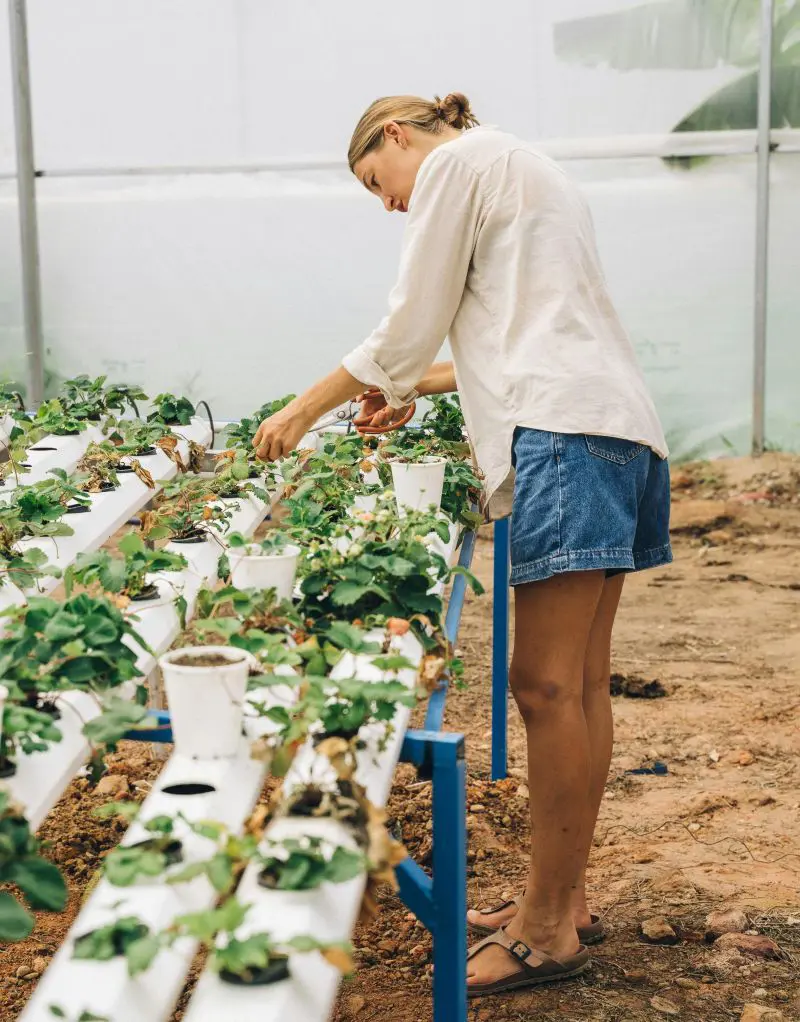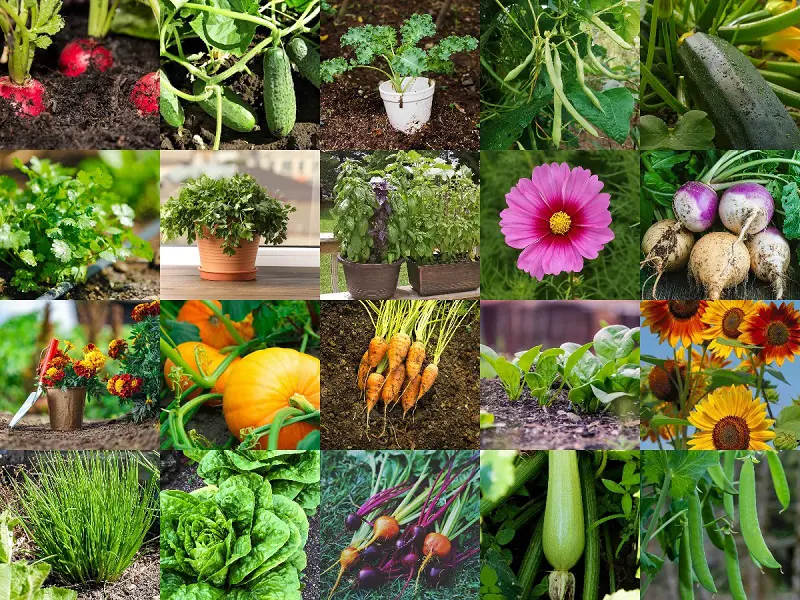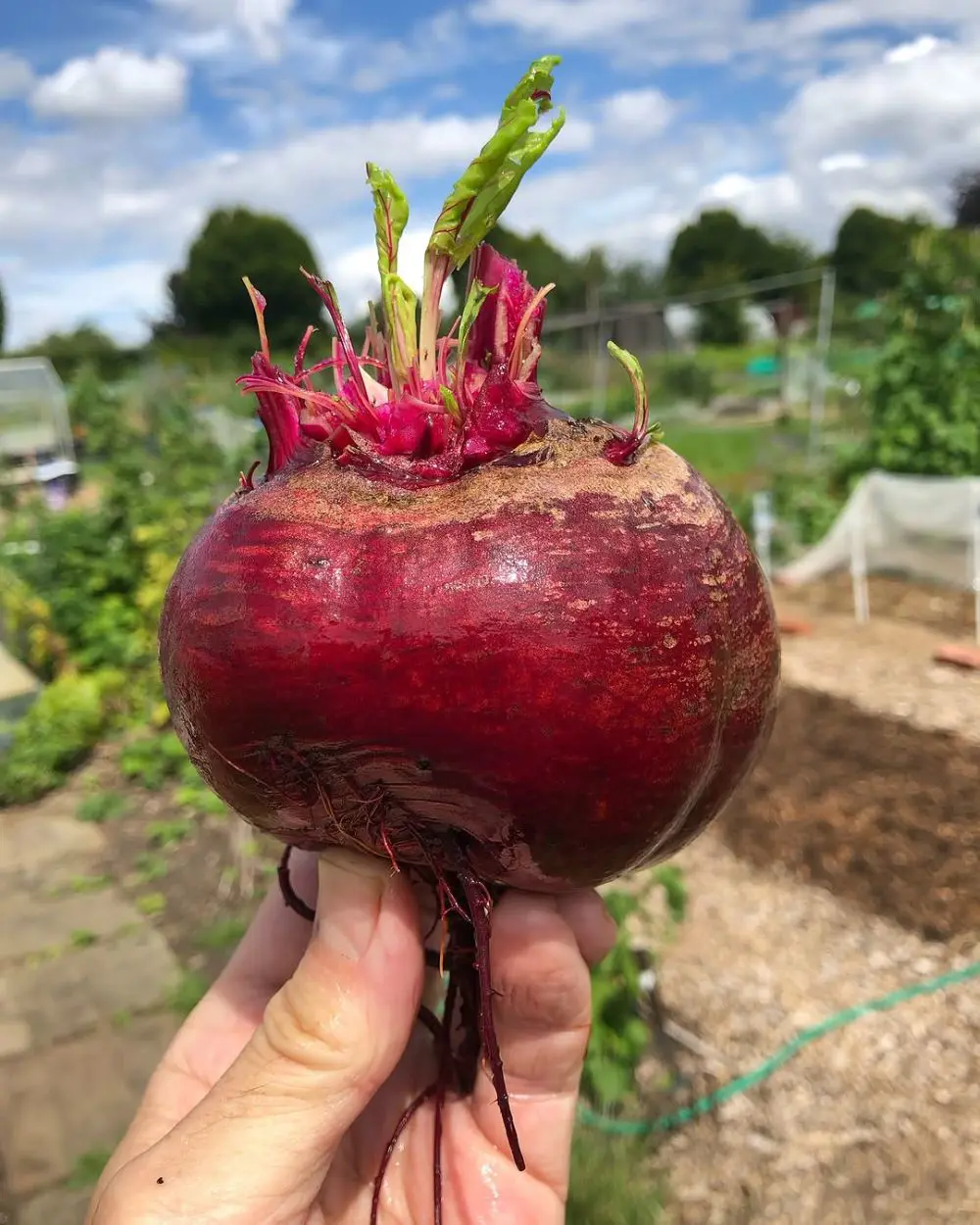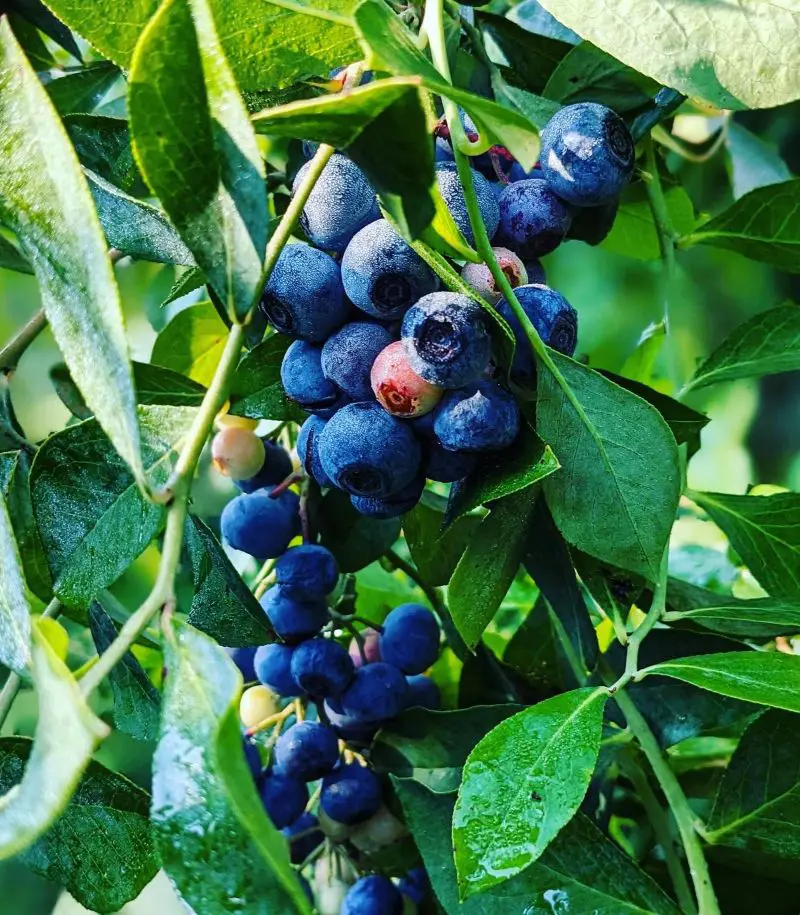Bamboo Overview
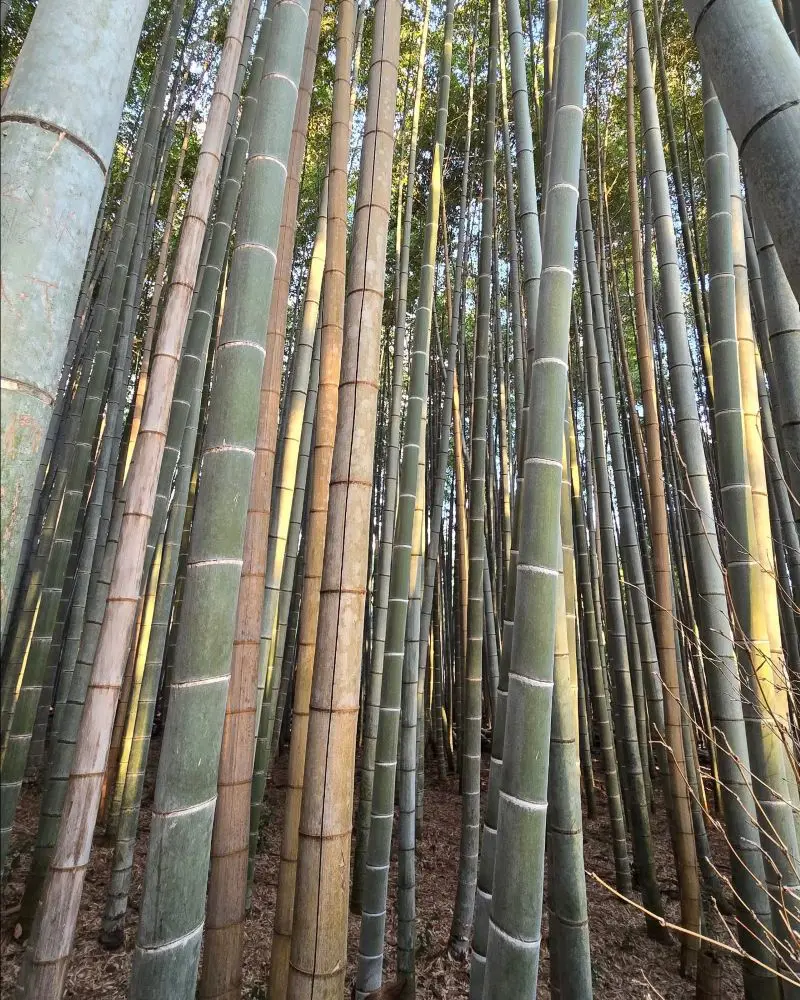
Bamboo is a fast-growing perennial in the grass family. It produces tall, slender stems joined at the base. Their stems are a sturdy, natural material that builders use as a renewable source of wood to construct buildings and replace hardwoods like cedar and mahogany.
It also serves as a food source, producing edible seeds, known as bamboo rice with an aromatic flavor and sticky texture. You can find more than 1,500 species of bamboo, which fall under two classifications: runners and clumpers.
- Culms: They are the upright stems, also known as canes
- Rhizomes: They are perennial stems that run horizontally underground and contribute to the spread of the colony, they grow roots and culms as they travel.
- Nodes: They are the joints between sections of culm or rhizome, and are the point from which leafy branches emerge, in bamboo, the nodes are solid.
- Internodes: They are any sections of culm or rhizome in between nodes, in bamboo, they are hollow.
- Sheaths: They are the papery protective covers on new emerging culms, they shed as the culms grow and add to the leafy litter mulching the ground at plant's base.
Types Of Bamboo
Running bamboo is more challenging to remove than clumping bamboo because its rhizomes grow outward, allowing additional shoots to sprout and grow.
1. Clumping Bamboo
They are less invasive and have shorter rhizomes than running bamboo, making them easier to contain. It also shows slower vertical growth before producing a culm.
2. Running Bamboo
It is more invasive and harder to control than clumping bamboo. Its rhizomes spread horizontally, sending up multiple culms and quickly establishing bamboo groves.
